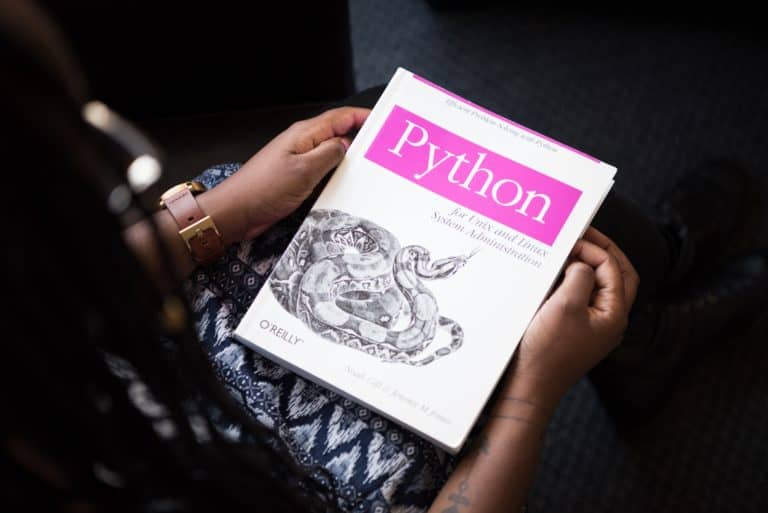The Python Software Foundation has announced that Python 2.0 will end on the 1st of January in 2020. The programming language was introduced in 2000. Six years later, it was succeeded by Python 3.0. However, version 2.0 was still widely used by developers.
The two programming languages existed side by side for a long time, so the Python Software Foundation (PSF) was forced to keep updating the two languages at the same time. Now, according to the PSF, the moment has come that it is no longer worth updating both 2.0 and 3.0. Because of the effort that is put into version 2, there is a lack of manpower that can be spent on Python 3.
“We released Python 2.0 in 2000. We realized a few years later that we needed to make big changes to improve Python. So in 2006, we started Python 3.0. Many people did not upgrade, and we did not want to hurt them. So, for many years, we have kept improving and publishing both Python 2 and Python 3,” the PSF said. “But this makes it hard to improve Python. There are improvements Python 2 can’t handle. And we have less time to work on making Python 3 better and faster.”
End of updates
From 2020, users of Python 2 will no longer receive security updates. Also, some tools will only be available for Python 3, which can cause serious problems for Python 2 users. PSF also reports that users of Python 2 software would do well to talk to their vendors. This could prevent problems when end-of-life is reached.
The PSF has also made a deal with consultancy firm Changeset to accommodate Python 2 users. This company offers short-term management services for open-source software projects. The end-of-life of Python 2 must be communicated with developers in an optimal way. According to The Register, Changeset reports that many Python 2 users do not even know that the termination of Python 2 is imminent.
